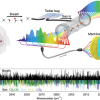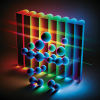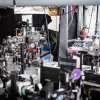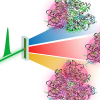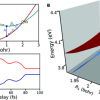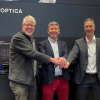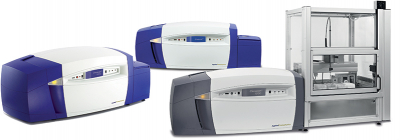
Applied Photophysics started in Mayfair, London, in April 1971. An unusual place perhaps for a start-up scientific instrument company, was although explained by the fact that the origins of the company lie within the Royal Institution. The Royal Institution has been at 21 Albemarle Street, Mayfair, since 1799 and conducting scientific research since Humphrey Davy became director in 1801. Many eminent scientists have been involved in the Royal Institution ever since then, most famously Michael Faraday who, with Davy, gave his name to the Davy Faraday Research Laboratory (DFRL) established in the building next door (20 Albemarle Street).
In 1966 George Porter (George, Baron Porter of Luddenham) moved from Sheffield University to the Royal Institution and moved his research into early uses of lasers for laser flash photolysis analysis of fast reactions to the DFRL. A year later he was awarded a Nobel Prize in chemistry for his work. There was a demand in the scientific community for instruments based on Porter’s research. With most of the research equipment in Porter’s lab being made in the DFRL workshops, a small cottage industry began selling this equipment to other research labs. This became formalised into the Applied Photophysics Limited company in 1971.
Applied Photophysics stayed in the Royal Institution throughout the seventies, looking at several different commercial applications of laser spectroscopy, not just laser flash photolysis. This included some of the earliest commercial laser Raman spectrometers. The company moved out in the 1980s to the east end of London and then eventually to their current home in Leatherhead, Surrey, south-west of London. Throughout our history, there has been a common thread of fast chemical kinetics and spectroscopy. In the early 1990s they branched out from laser flash photolysis into stopped-flow spectroscopy, and in the late 1990s they started developing circular dichroism stopped-flow instruments.






